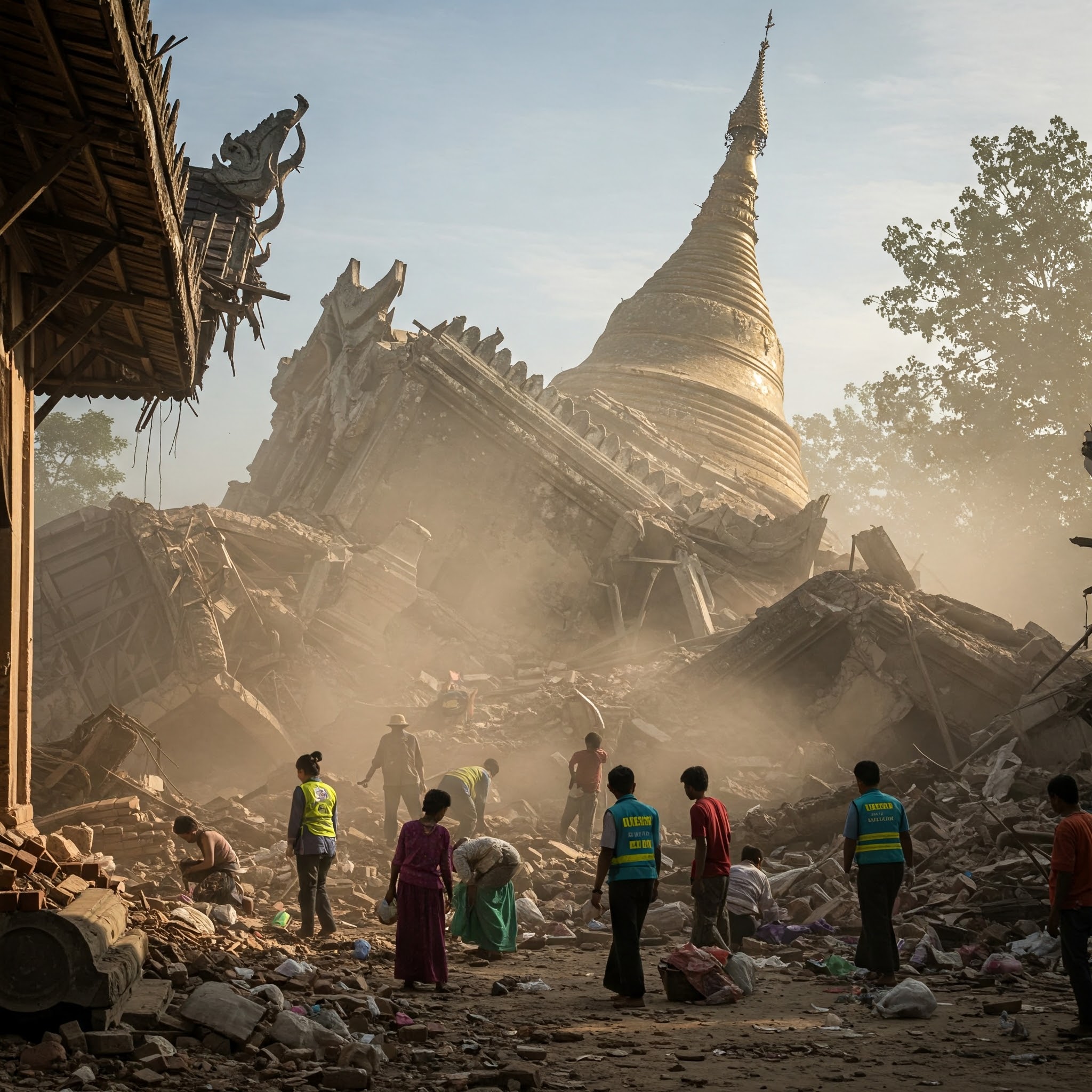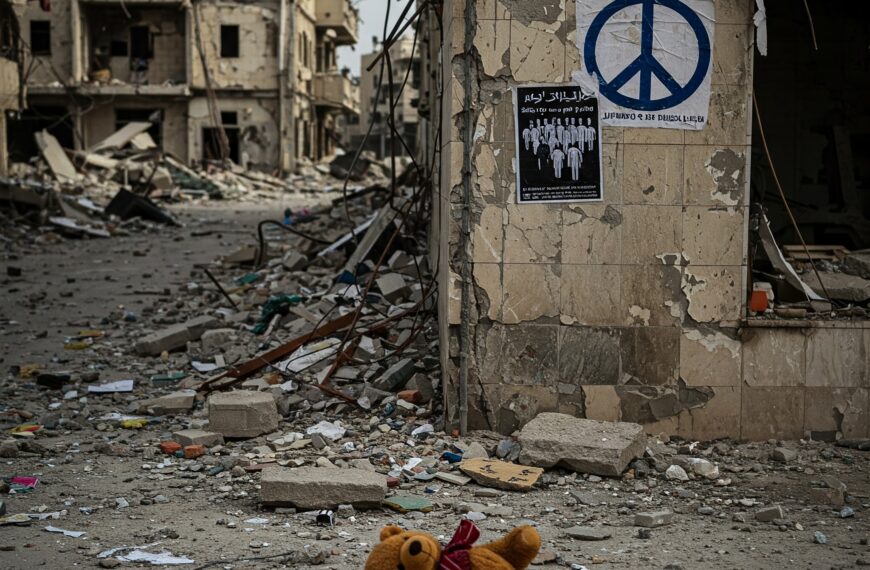The recent 7.7 magnitude earthquake that struck Myanmar has left a trail of devastation, particularly in Mandalay, the country’s second-largest city. The disaster has claimed at least 1,700 lives, injured over 3,400 people, and left approximately 300 individuals missing. The quake’s impact was so severe that tremors were felt over 1,000 kilometers away, in neighboring Thailand, where 17 casualties have been reported. This blog delves into the key developments, challenges, and ongoing relief efforts surrounding this tragic event.
The Devastation in Myanmar
The earthquake’s epicenter was located near Mandalay, a bustling city of 1.5 million residents. The sheer force of the quake led to widespread destruction, reducing entire neighborhoods to rubble. The Myanmar military junta, already under scrutiny for its governance, has faced criticism for its slow response to the crisis. According to the United Nations, a lack of medical supplies, trauma kits, and emergency tents has severely hampered rescue operations.
Key Statistics of the Myanmar Earthquake
| Category | Data |
|---|---|
| Magnitude | 7.7 |
| Epicenter | Near Mandalay, Myanmar |
| Death Toll (Myanmar) | ~1,700 |
| Injured | ~3,400 |
| Missing | ~300 |
| Death Toll (Thailand) | 17 |
| Major Affected Cities | Mandalay, Sagain, Naypyidaw |
| Aftershocks Recorded | 5.1 magnitude aftershock |
| Aid & Relief Arrivals | China, India, UN support |
Rescue Operations in Mandalay and Bangkok
Rescue workers in Myanmar have been struggling to locate survivors under collapsed buildings. Some have been forced to dig through debris with their bare hands due to a shortage of heavy equipment. In contrast, Bangkok, Thailand, has deployed advanced robotic scanning systems and X-ray machines to detect signs of life under the rubble of collapsed buildings. So far, eight bodies have been recovered in Bangkok, with 79 people still missing.
Bangkok’s Deputy Governor, Tav Konet, emphasized the urgency of the situation, stating, “We are working 24/7 with international assistance, using scanners and drones to locate survivors.”
Current Rescue Challenges:
- Lack of heavy machinery to clear debris
- Shortage of trauma kits and medical supplies
- Logistical difficulties due to damaged roads
- The presence of ongoing military conflict in Myanmar, complicating relief efforts
The Humanitarian Crisis & Military Conflict
Adding to the catastrophe, Myanmar’s military regime has reportedly continued airstrikes against rebel forces in the region, even in the immediate aftermath of the earthquake. The UN has condemned these actions, calling them “outrageous,” particularly as they target areas where civilians are struggling to recover from the disaster. The opposition-led National Unity Government (NUG) has declared a two-week ceasefire in affected regions to facilitate humanitarian aid distribution.
Global Response & Aid Efforts
Several countries and international organizations have stepped in to provide assistance:
- China & India – Sent initial emergency relief supplies.
- United Nations (UN) – Urged for unrestricted humanitarian access.
- Doctors Without Borders (MSF) – Dispatched medical teams to affected areas.
- Singapore – Called for a permanent ceasefire to prioritize humanitarian efforts.
Despite these interventions, aid workers report that many remote villages remain inaccessible, leaving thousands without shelter, food, or medical care.
What’s Next?
As Myanmar struggles with the aftermath of this devastating earthquake, the international community remains watchful of both the humanitarian situation and the actions of the military junta. Relief workers continue to battle time constraints, with hopes of rescuing more survivors before the crucial 72-hour window for finding people alive under the rubble closes.
The disaster has shed light on Myanmar’s fragile infrastructure and the dire need for political stability to ensure efficient disaster management. With growing global pressure, Myanmar’s government faces critical decisions regarding both emergency response and long-term rebuilding efforts.
Sources:
- BBC News: Myanmar Earthquake Report
- CNN: Myanmar Military Response & Earthquake Update
- Reuters: Earthquake Aftermath Analysis
- AP News: Aid & Relief Efforts in Myanmar













